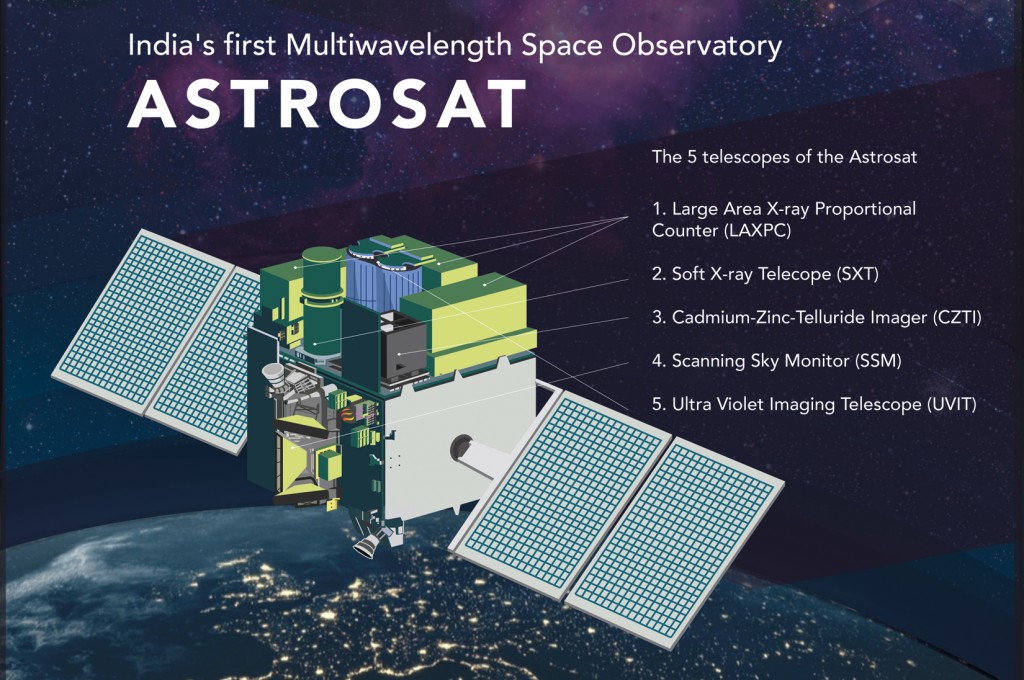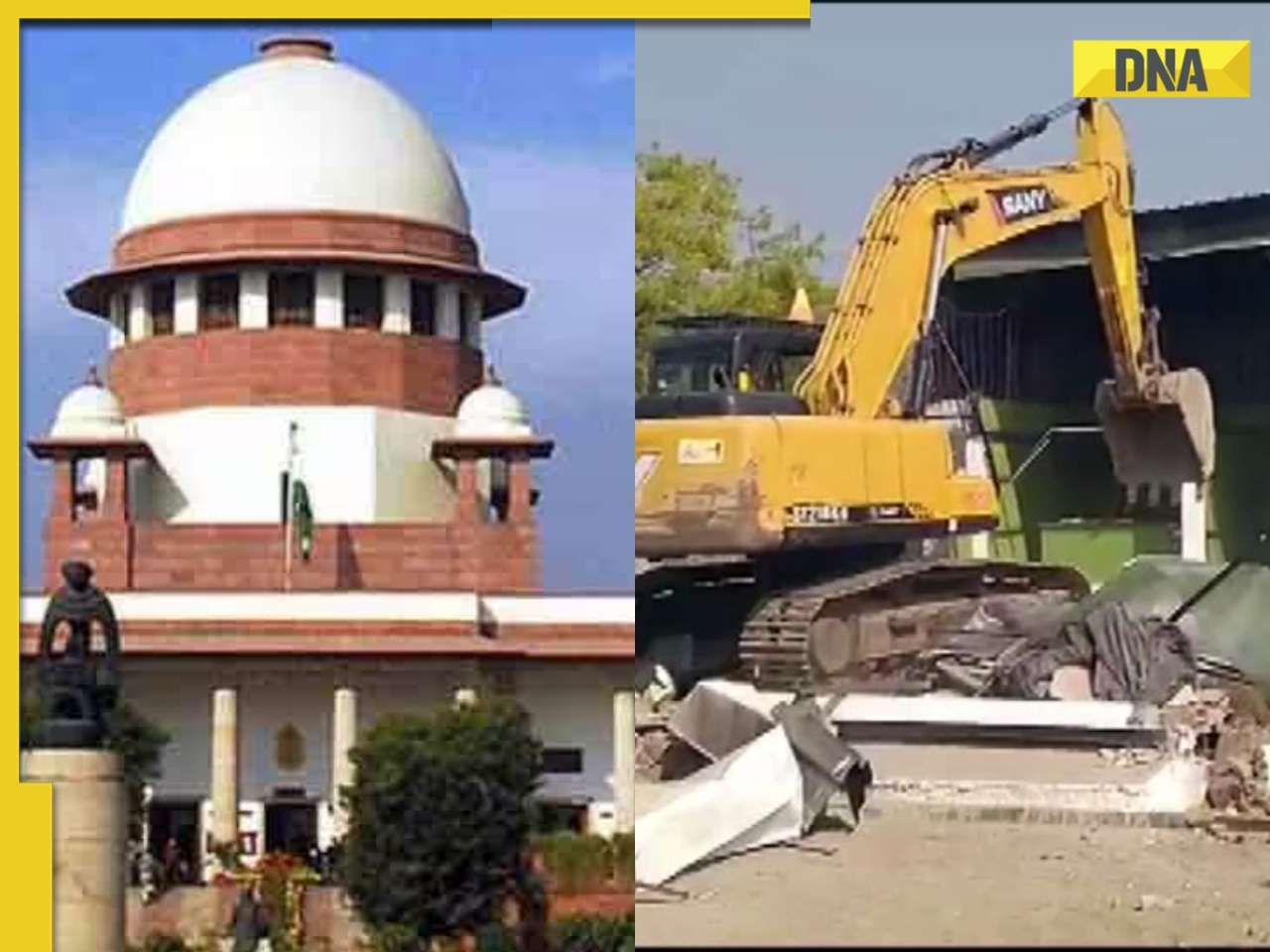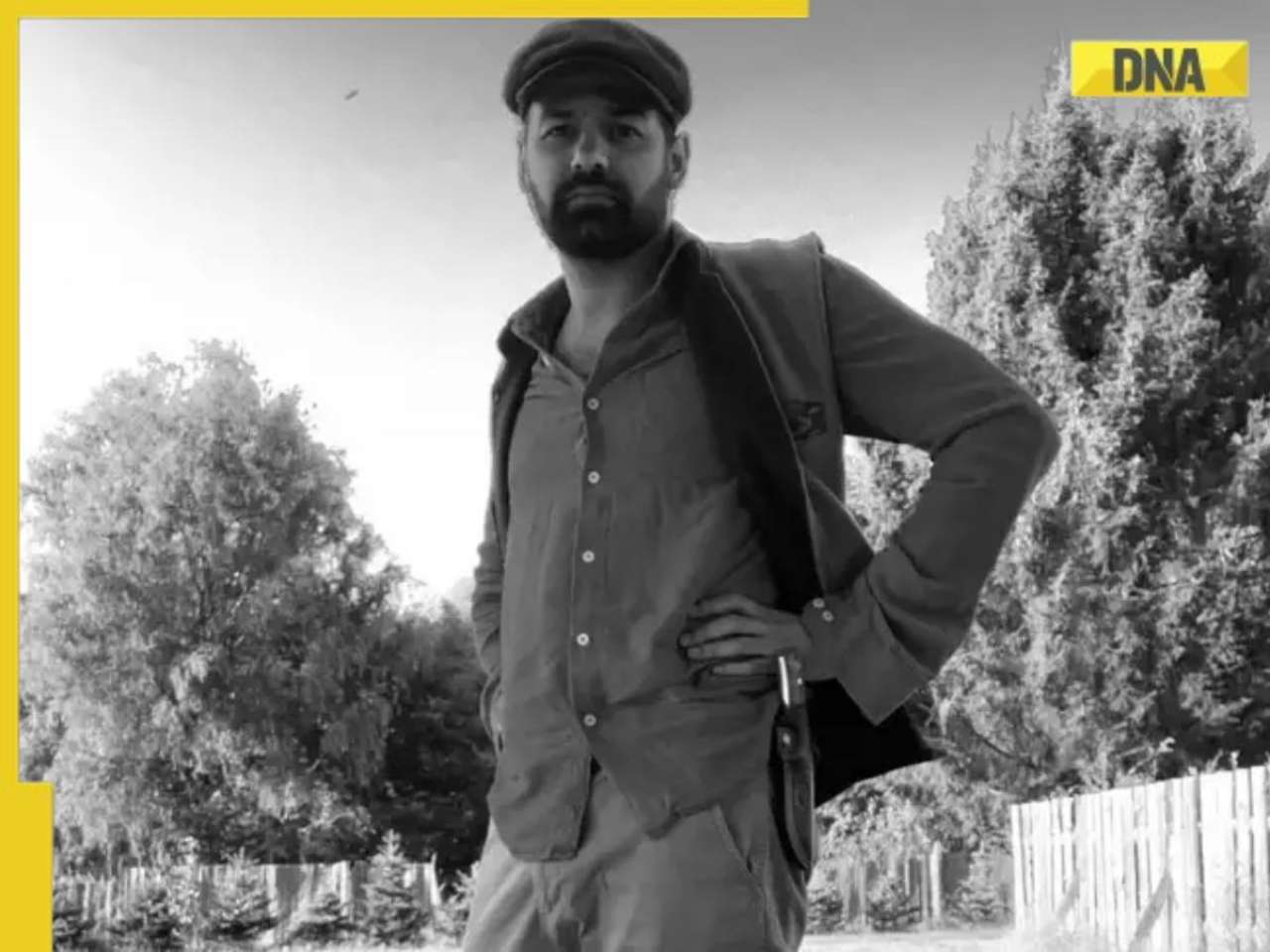- LATEST
- WEBSTORY
- TRENDING
TECHNOLOGY
India launches observation satellite ASTROSAT: Everything you need to know about it
The PSLV-C30 mission launch earlier today was one to put India's ASTROSAT into orbit. In case you've been having trouble understanding what all the hubbub is about, here's a quick and dirty explainer.
TRENDING NOW
The ASTROSAT is India's first observation satellite launched into orbit, to study distant celestial bodies. The reason you've been hearing about it so much is because it's India's first satellite of its kind, built at a cost of Rs 178 crore (excluding the cost of launching the satellite) and we're also ahead of a lot of other countries. So far, only USA, Japan, and a few countries in the EU have observatories in space.
The public outreach arm of the Astronomical Society of India (ASI) has released a list of FAQs as an explainer for the mission, that we're going to sum up here.
What is ASTROSAT?
It's a satellite that we will use to remotely study celestial bodies and the behaviour of galaxies using radiation analysis. For the purpose, the ASTROSAT has 5 instruments on board:
- UVIT : Ultra-Violet Imaging Telescope
- LAXPC : Large Area X-rat Proportional Counter
- SXT : Soft X-ray Telescope
- CZTI : Cadmium-Zinc-Telluride Imager
- SSM : Scanning Sky Monitor
The first four instruments are what hep use observe a celestial body or phenomenon by recording the various types of radiation it gives off; from the visible spectrum, to infrared and ultraviolet radiation, and hard and soft x-rays. Therefore, these four are aligned to look at the same point in space at one time. The fifth instrument, the SSM, is in fact three small position sensitive x-ray detectors that continuously patrol the sky, looking for changes in the radiation from celestial objects, so that the the satellite can be rotated to point the other four instruments there. Think of the SSM as the scout for the satellite. Of course, this entire setup has to be in space because our atmosphere is largely opaque to ultraviolet radiation, x-rays, gamma rays and also parts of infrared and microwave radiation.
 |
|
ASTROSAT components (Image courtesy: ASI - POEC)
How will ASTROSAT function?
ASTROSAT will orbit Earth at a height of 650km almost parallel to the equator. The observatory will go around the Earth once every 97 minutes, or 15 times a day. It has two solar panels on either side that will charge the lithium ion batteries the spacecraft will be drawing power from. It has an antenna on board, that will be used to transmit observational data towards Earth. This antenna, has a dedicated receiver at Byalalu, near Bengaluru. Whenever ASTROSAT passes over Bylalu, the data will be beamed down and stored at the Indian Space Science Data Centre (ISSDC) as well as new uploaded within the few minutes that it will remain in position. The mission is expected to last at least five years and, though ASTROSAT may function well beyond that timeframe, it will depend on the leakage of gas and build-up of impurities from inside the instruments.
What will ASTROSAT do?
ASTROSAT will be studying various celestial bodies, as well as gathering data to hep us piece together how stars and galaxies are born. The satellite will undergo extensive tests for the first six months after launch. The next six will be devoted to observations and data collection predetermined by the mission team. But a year after launch, ASTROSAT's services will be available to any scientist in India, with a good proposal, reviewed by ISRO.
Once it passes the two-year mark, international scientists will be allowed to apply as well. Once a significant amount of time has passed for each bit of observation, the data will be made available to the public.
If you'd like to read a little bit more about the ASTROSAT mission, you can find a link to the full list of FAQs here.







)
)
)
)
)
)
)
)
)
)
)
)
)
)
)
)






























































